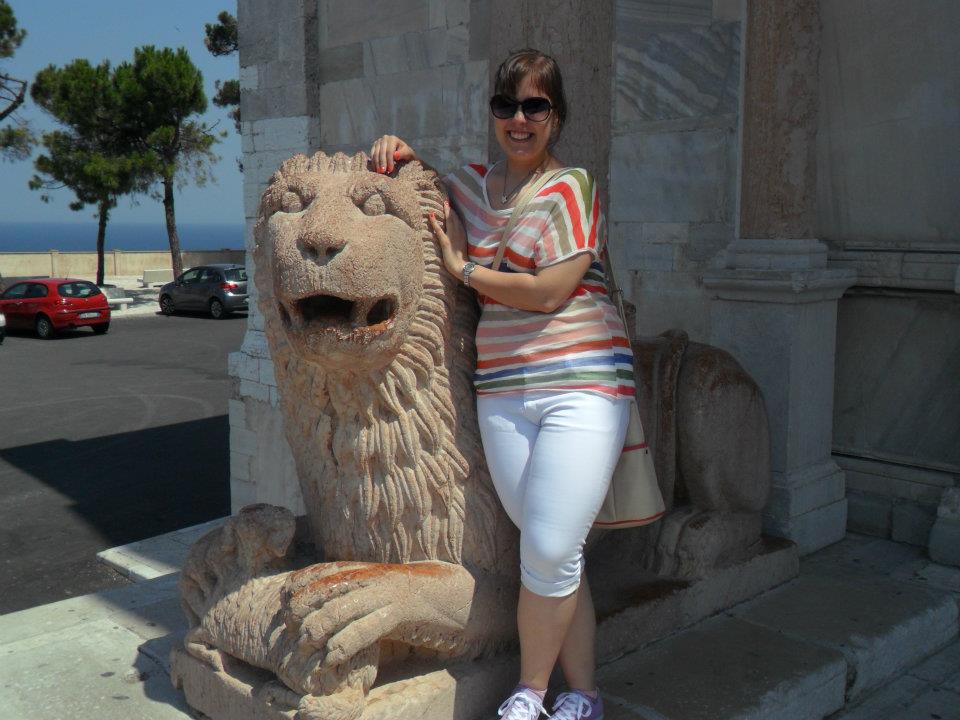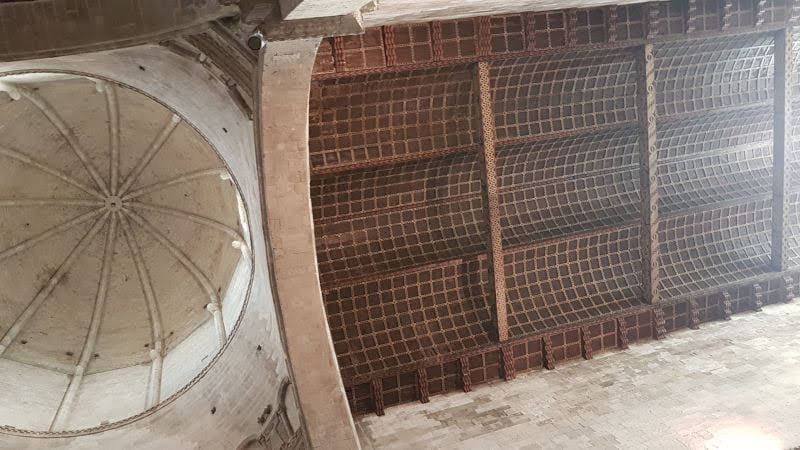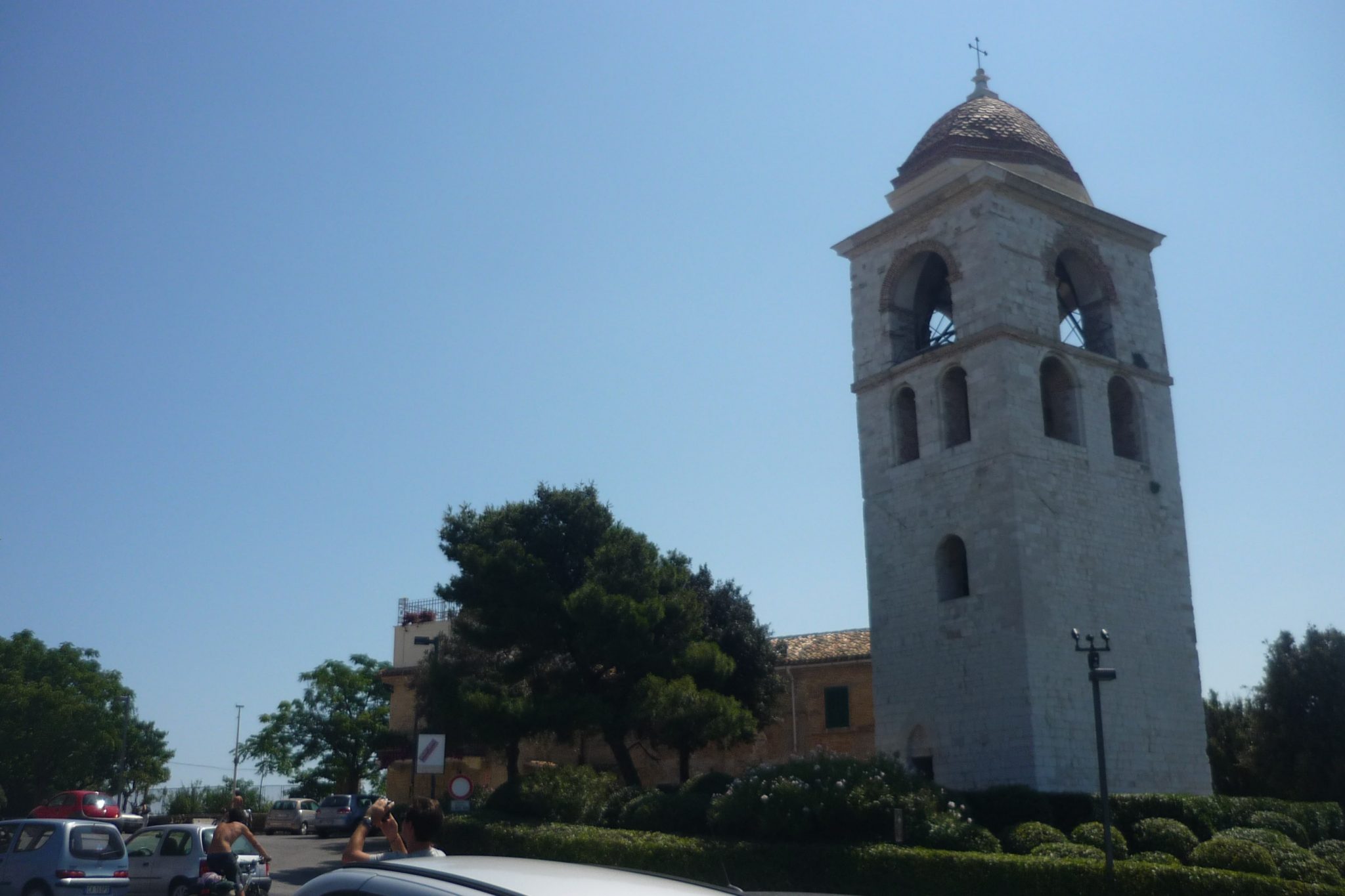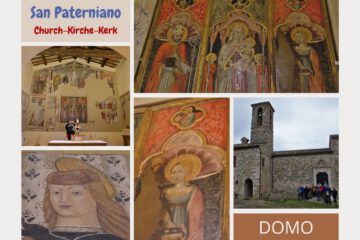From May 1st to 4th, Ancona always celebrate a big festival in honour of their patron saint, San Ciriaco. Unfortunately, this year it was canceled because of the corona restrictions, but we really hope that we can be there next year when hundreds of stalls open on the Viale della Vittoria.
Who was San Ciriaco?
He was a Jew, called Giuda (Judas) and lived in the 4th century. He helped Empress Helena, mother of Emperor Constantine, to find the Holy Cross in Jerusalem and converted to Christianity after it was found. From then on he called himself Judas Cyriacus, where Cyriacus stands for “dedicated to the Lord”. He was later ordained bishop of Jerusalem, but died a terrible martyrdom on May 1st, 363 in the Holy Land. He was terribly tortured and had to swallow liquid, hot lead, among other things.
How does Ciriaco get to Ancona?
Well, temporarily, before he was appointed bishop of Jerusalem and before his martyrdom, he was bishop of Ancona and stayed there for some time. According to the official account, his remains were transferred to Ancona in the 5th century by the Roman Empress Aelia Galla Placidia and were initially buried in the Santo Stefano Church. In the 11th century the church of San Lorenzo was given the title of cathedral and San Ciriaco moved there.
But the legend is much more exciting: After that, his body is said to have been propelled in a coffin off the coast of Ancona and was pulled from the reeds by sailors with ropes.
Even today, the saint can be worshiped in the cathedral of Ancona, which sits picturesquely on the Guasco hill above Ancona and is clearly visible from afar.
Ancona was once founded by the Greeks, the name Ancon means “elbow” and refers to the shape of the Bay of Ancona. The Greeks had an Aphrodite temple built on the same hill on which the future cathedral was built in the 4th century BC. Remains of this temple can still be seen in the floor of today’s cathedral.

The building has gone through many changes and destructions, and it was not until 1977 that the cathedral was reopened.
The portal, built from Greek marble and the white stone of Conero and bordered by two Venetian lions, which the famous architect Vanvitelli had built there, welcomes visitors.
The interior is largely sober in a combination of Romanesque and Byzantine style: the wooden Venetian vaulted ceiling dates from the 17th century, the dome is one of the oldest in Italy from the 13th century.
In the centre left is a large, illuminated painting in its own small chapel: This is the Madonna chapel, which Vanvitelli designed for the painting “Queen of All Saints”. It was donated by a wealthy Venetian merchant to thank Maria for saving him from a shipwreck. In 1796, at the time of Napoleon’s occupation, the statue of the Virgin Mary is said to have opened its eyes and smiled at the believers praying before it – a sign that everything would be fine. Indeed, after seeing the Chapel of Our Lady, Napoleon left the cathedral and its treasures alone.

The most important thing is the crypt of San Ciriaco, to which you have to descend a few steps. The lavish gold decorations stand out here, in contrast to the almost sober-looking upper church interior. After the 1972 earthquake, it was decided to scientifically examine the body of San Ciriaco. Lead was found lined in his throat and stomach, as well as some other signs of the various tortures he was subjected to in his martyrdom. This enabled the scientists to confirm that the saint was in fact martyred.

When leaving the cathedral you can see a beautiful bell tower from the 14th Century and next to it a statue of Pope John Paul II, which was erected in 2004 to commemorate the visit of the then Pope.
If you would like to have an insider tip, I would suggest you come here slightly before the sunset. Be aware of the opening times (they differ from season to season) and enjoy the sunset over the bay of Ancona, its old port and the sea in front of you.












1 Comment